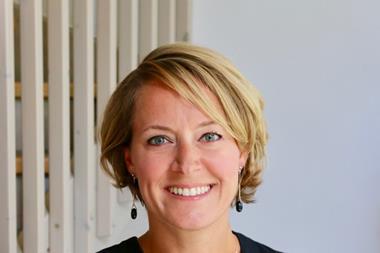At mid-year, pricing for most classes of business was back to technical levels - but cyber remains an outlier
Getting the insurance you need has been hard over the last few years and a lack of adequate, affordable cover has become an emerging as risk in itself. But there are signs that things might just be starting to get a bit easier.
It’s been tough. Prices have rocketed and T&Cs have tightened to the extent many risk and insurance managers have lost trust in the insurance industry during the pandemic and hardening market. During last year’s renewals, Airmic coined the term ‘harsh market’ and it has stuck.
“Corporate risk managers are still finding tough market conditions with restrictions on capacity and higher premiums and the total cost of coverage has put budgets under stress,” says president of Ferma, Dirk Wegener.
D&O liability and cyber have been particularly badly affected. Cyber pricing alone has increased by an average of 32% year-on-year in June 2021, according to a recent survey by Howden.
The situation has become so unsustainable that two thirds of German insurance buyers say that they are seeking alternative risk transfer solutions – such as captive insurance and parametric covers – according to a recent survey by GVNW.
There is widespread frustration at poor or late communication from insurance partners, and nearly two-thirds of policyholders who responded to an Airmic survey earlier this year are only partially satisfied or not satisfied with the service from brokers.
But the challenging situation may be beginning to ease ever so slightly and the mid-year re/insurance renewals was revealing.
“It’s still a difficult message to articulate but we are able to advise clients that the increase they will pay this year is more measured than last year,” says Clyde Bernstein, head of Broking for Great Britain, Willis Towers Watson (WTW).
“We are seeing some green shoots. We have never been in a marketplace with really constrained capital and we are not in a classic ‘hard’ market. It has been about adequacy of price and reducing volatility, and that is now back at a technical level.”
For example, while D&O saw one of the more aggressive price increases in recent years, new supply is starting to come back in – primarily in the excess layers – and there are around 20 new markets writing D&O.
“Because of that you have been able to restructure and address some outliers or opportunistic pricing in that excess field,” says Bernstein. “New primary supply has not yet altered the supply and demand balance, but that may come.”
Cyber still constrained
Excess casualty and property are also seeing similar patterns, but cyber remains an outlier. It entered the hard market late and the frequency and severity of ransomware losses have rapidly hardened the sector and reinforced the specialist capability needed to underwrite the class and manage the systemic nature of the risk.
But generally, while some firms – with a history of poor performance or questions over the quality of their risk management – will face difficult negotiations, for others there is now more choice.
Looking to the future, insurers may need to think beyond the insurance cycle, and find new ways sustain their competitive advantage, for example digitisation and better use of data.
“The last few years have addressed a longstanding lack of profitability and underpricing,” says Bernstein. “But markets can no longer rely on investment income to cover for poor underwriting, they need to control their destiny and tackle inefficiencies and the expense challenge of the product that they sell.”
Hoe-Yeong Loke, research manager, Airmic, believes that the insurance industry is at a crossroads and to stay relevant, the industry must become more customer-centric, make better use of technology to improve service and provide more innovative solutions.
“To pre-empt some of the issues insurance buyers have frequently raised, such as the need for stronger and more timely communication from their insurance partners, insurers and brokers should build up a stronger culture of rapport with their customers,” he says.
“Renewal teams should have greater diversity in terms of background and skills, rather than just being the team that strikes the deal with the client.”
And in the meantime Dirk Wegener advises risk managers to build strong, data based submissions for their dialogue with the insurance market. “Explore risk mitigation and alternative risk transfer strategies,” he says.
“And start renewals early.”




















No comments yet